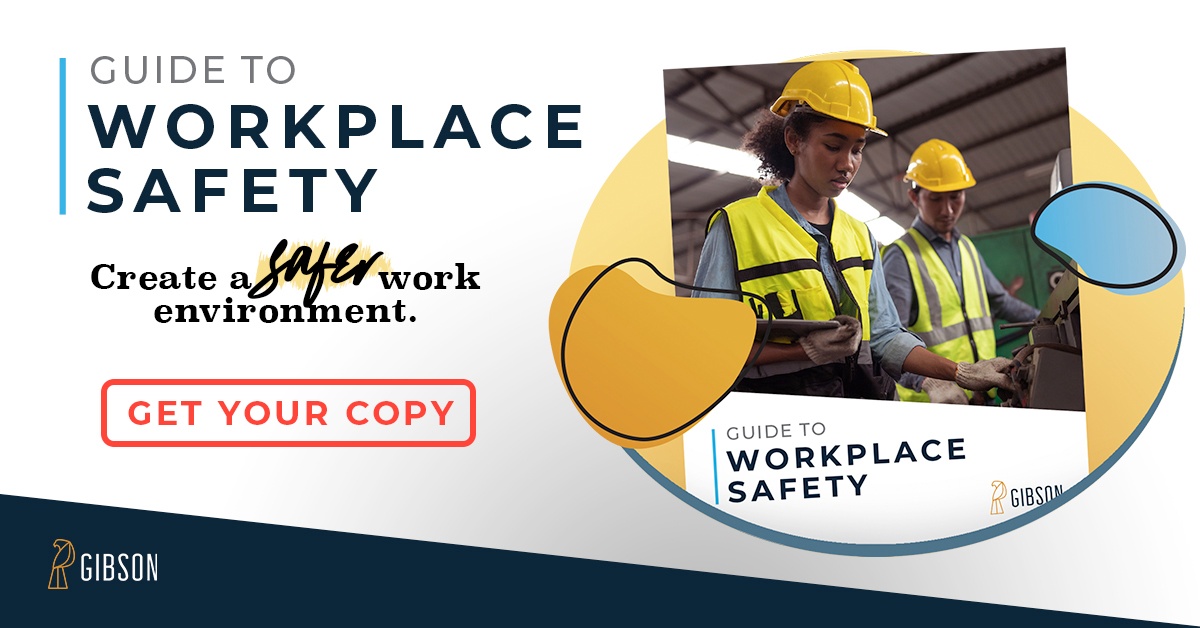Unhealthy, unproductive, unengaged employees are among an employer’s largest strategic risks. Employers have seen this in health insurance rates for years. Now, the workers’ compensation insurers are starting to pay attention. Workers’ compensation insurers are coming to the realization that safety programs aren’t enough. Yes, these programs are necessary and beneficial, but they don’t address the health and wellness of each individual employee and often fail to impact employee engagement focusing instead on physical hazards (e.g. machine guarding). Insurers recognize the changing demographic of today’s employees: an aging workforce that’s retiring at an older age and more likely to be overweight. This is leading to comorbid health issues like hypertension, diabetes, and high cholesterol. Taken together, these elements have the makings of a perfect storm.
Imagine this scenario: Mary is in the supply room getting a box of paper. It falls on and injures her foot. Her employer sends an incident report to their workers’ compensation carrier. A few days later, Mary’s foot is still bothering her with an ulcer forming at the impact site. Mary gets medical treatment, but the ulcer won’t heal. Fast-forward a few months to the possibility of Mary losing her foot - a complication of untreated diabetes. Of course, this is an extreme example, but it’s one that’s becoming a trend.
According to the Lloyd’s 2011 risk index, the second highest concern for executives is talent and skills shortage. Executives say they feel sufficiently prepared for only one of the top three risks and this isn’t one of them. Holding onto and developing talent will quickly become a major initiative for most companies. Many sectors are waking up to this risk and taking action. Bringing on healthy employees and helping current employees improve their health will be critical.
Leading, innovative companies are integrating a culture of health into their organizations, not only to affect health insurance rates, but also to mitigate their workers’ compensation losses. Studies show healthier, high performing employees pay lower medical costs, are more productive, have fewer absences due to health issues, and have fewer and less severe workers’ compensation claims.
This type of company culture takes a broad view of employees, the business’ human capital, but is challenging for the human resource function. It combines everything from the usual attracting and retaining talent, developing leaders, and promoting employee engagement to finding ways to manage an aging workforce, promote health and wellness programs, and modify behaviors in order to face the challenges of the future.



